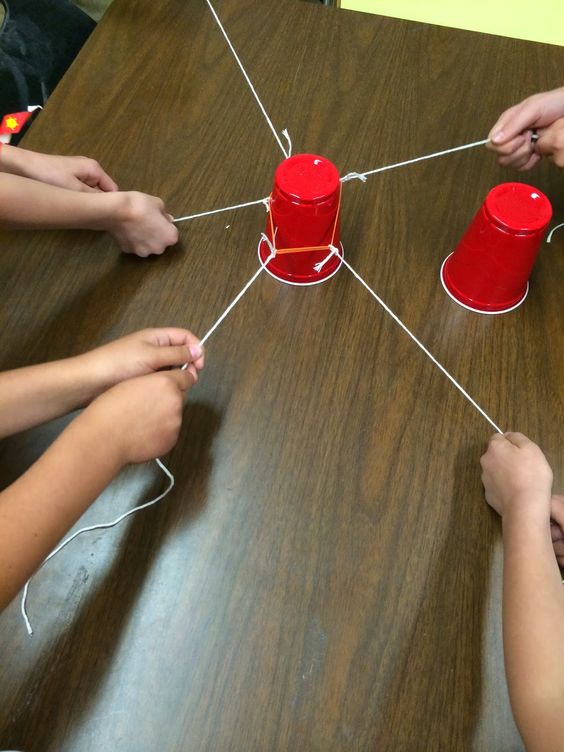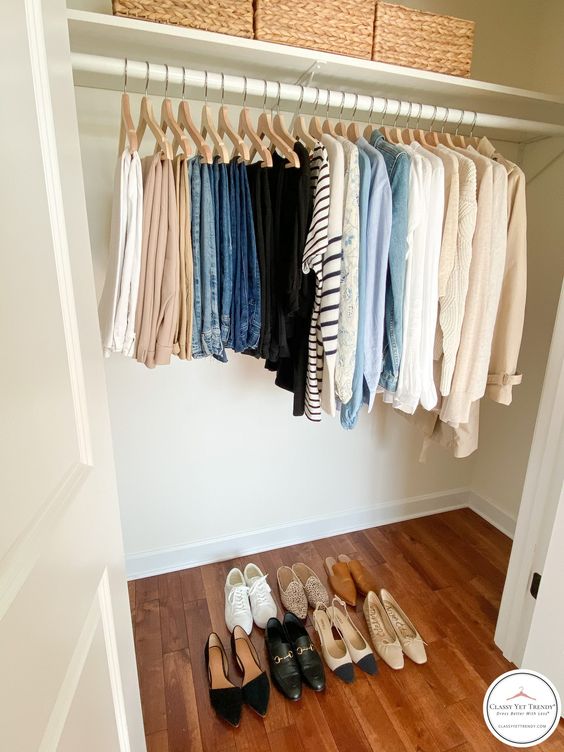An engaging personal narrative can capture the imagination of young minds, helping kids and teens explore their feelings, express themselves, and gain a better understanding of the world around them. Here are 65 personal narrative ideas to help inspire creativity, empathy, and self-reflection among kids and teens.
1. Describe a time when you overcame a fear or phobia.
2. Write about your favorite vacation memory.
3. Share your experience with making a new friend.
4. Explain the first time you tried a new hobby or interest.
5. Write about an everyday activity that brings you joy.
6. Discuss your favorite childhood memory.
7. Delve into a time when your family moved or welcomed a new member.
8. Explore your first day of school experience.
9. Describe a challenge you faced and how you dealt with it.
10. Write about learning to ride a bike or another meaningful milestone.
11. Discuss how you resolved an argument with a friend or sibling.
12. Share your thoughts on participating in a school project or event.
13. Detail an adventure you had while camping, hiking, or exploring outdoors.
14. Write about discovering an old family photo album and what it revealed about your ancestry.
15. Describe meeting someone famous or attending an exciting event.
16. Explain a time when you gave or received help when it was least expected but most needed.
17. Share the first time you had to make a tough decision on your own.
18. Discuss overcoming stage fright during a performance or presentation at school.
19. Describe an event that shaped your character and values.
20. Write about experiencing different cultures through food or travel.
21-40: Encourage creative exploration with these ideas:
21. Describe walking through your neighborhood’s history in the 1800s
22. Detail how technology would change a day in The Giving Tree
23. Discuss what would happen if you were president for a day
24. Explore life as an astronaut
25. Write about living in a world of toys for a week
26. Describe swapping lives with your pet
27. Share your experience attending a Talent & Abilities School for extraordinary kids and teens
41-60: These topics focus on self-reflection, finding meaning, and personal growth:
41. Share the impact of losing a loved one
42. Write about coping with stress or anxiety
43. Discuss experiencing a change in personal beliefs or values
44. Detail maintaining cultural traditions while embracing modern society
45. Explore how creativity has influenced your life
46. Describe confronting and accepting yourself during self-discovery journey
61-65: Lastly, let’s explore five more ideas for engaging personal narratives:
61. Share an encounter with nature that left you awestruck
62. Discuss overcoming a seemingly insurmountable obstacle or challenge
63. Explore the impact of connecting with an animal companion or therapy animal
64. Write about the role social media has played in shaping your identity or relationships
65. Share a heartfelt letter to your younger self, detailing what you’ve learned over the years
These personal narrative ideas provide rich material for kids and teens to delve into their feelings and experiences. By exploring these topics, they can develop essential writing skills, learn to express themselves creatively and gain confidence in their ability to navigate life’s challenges.






